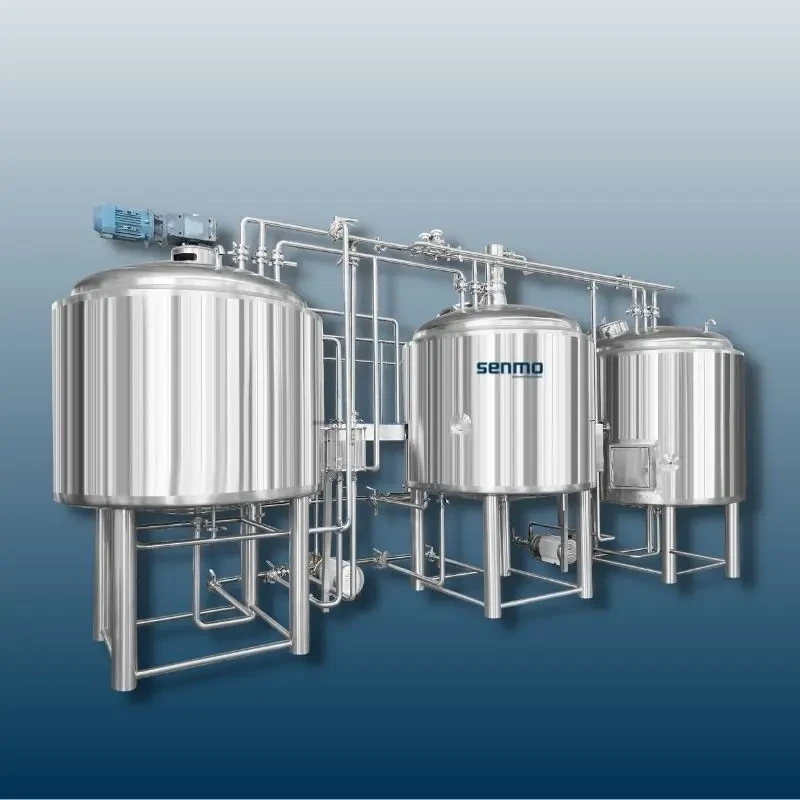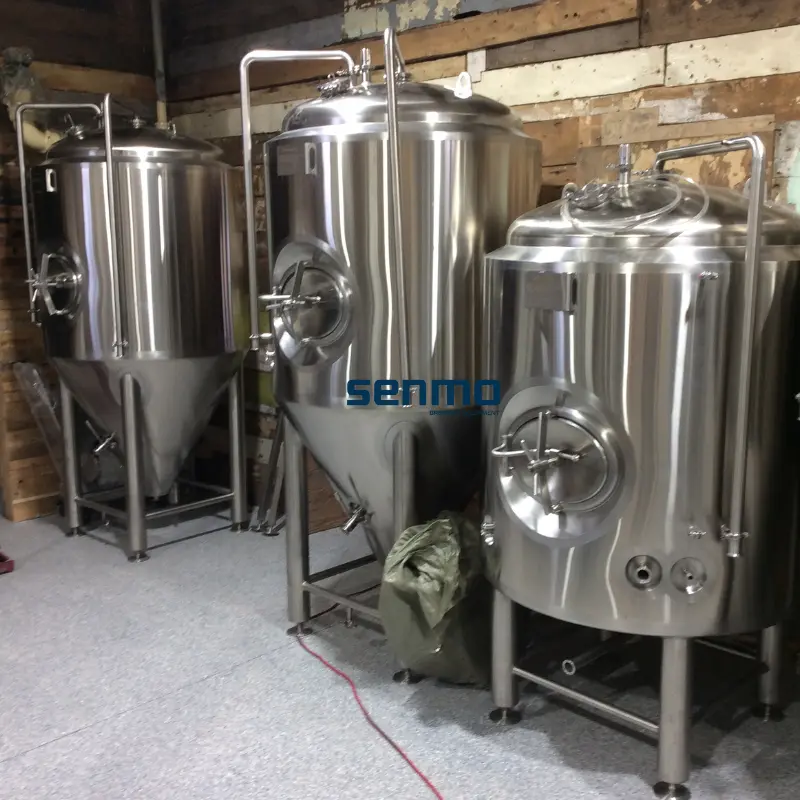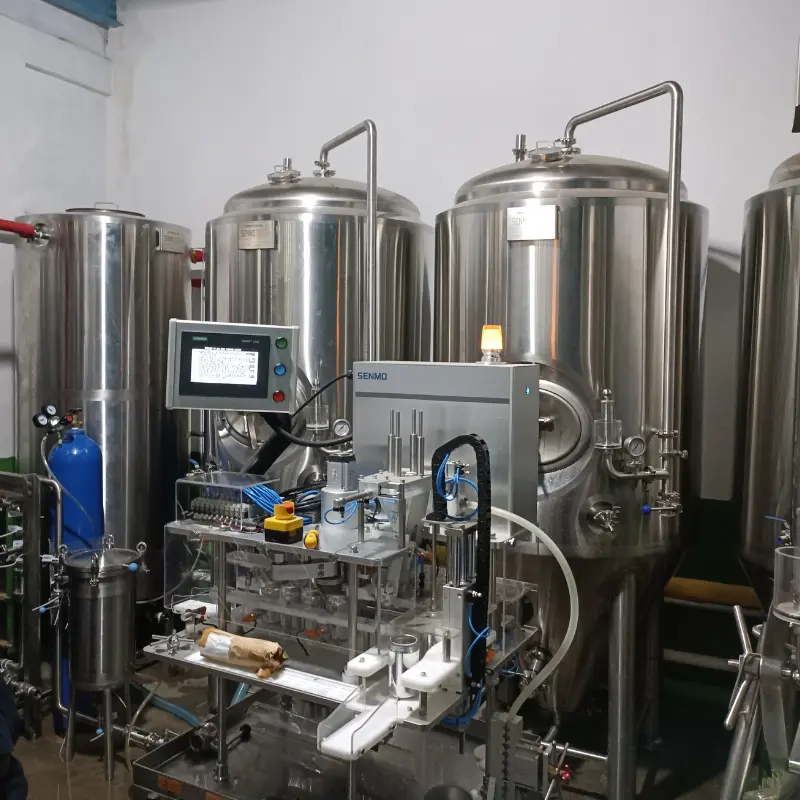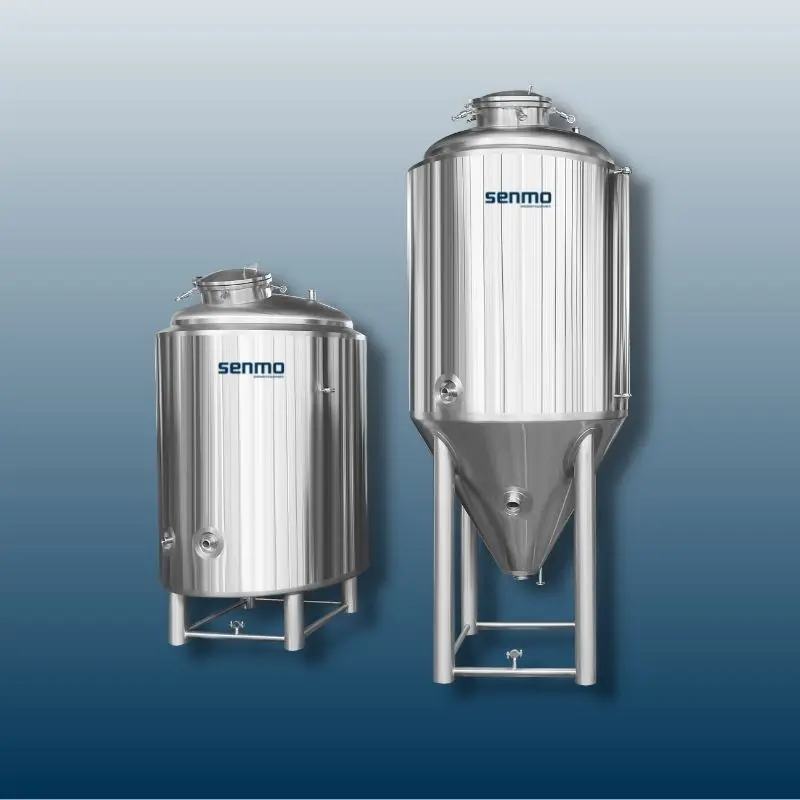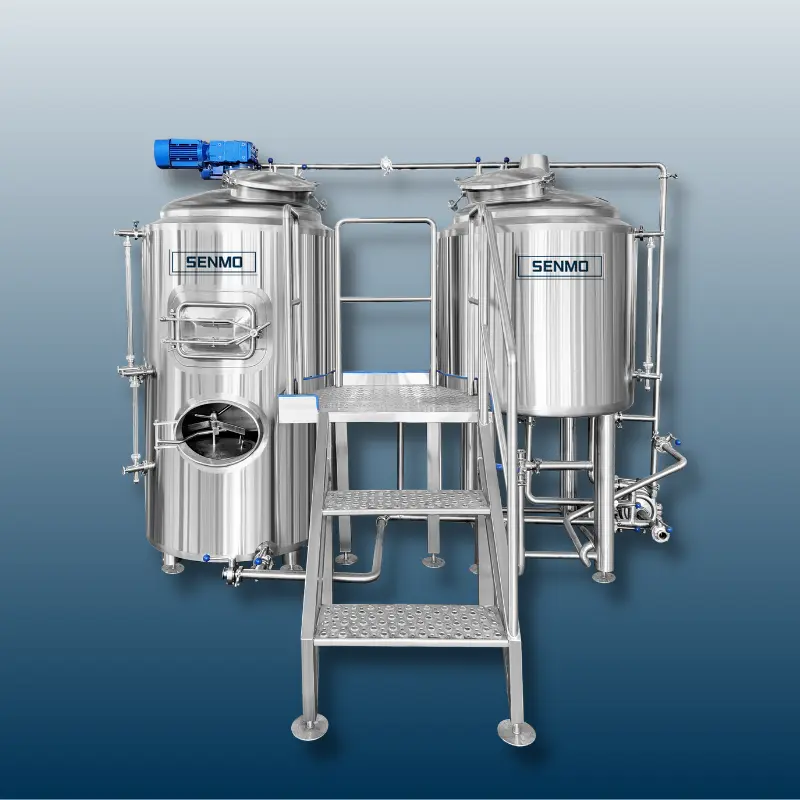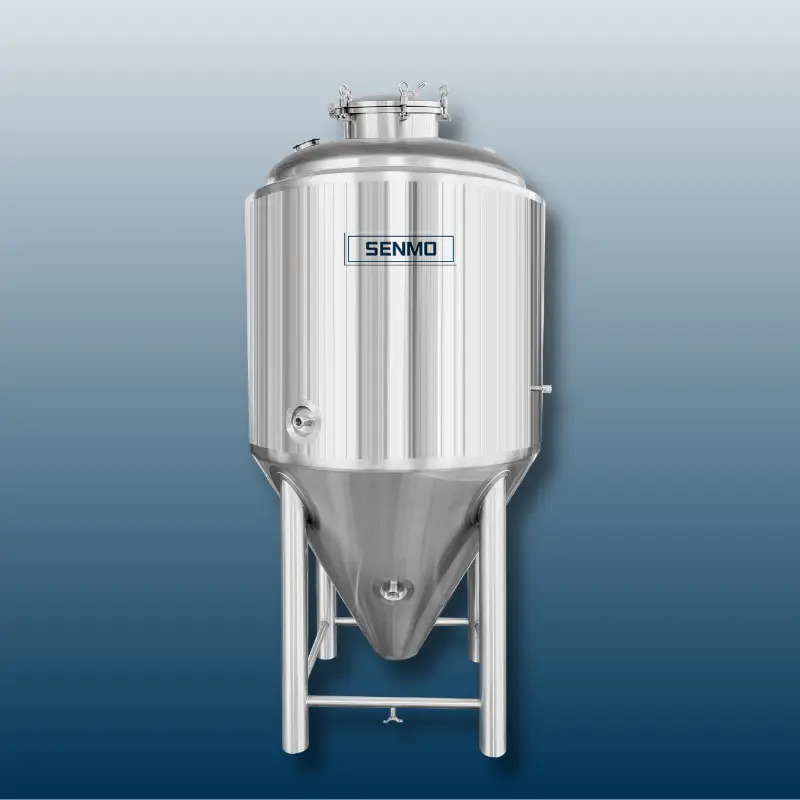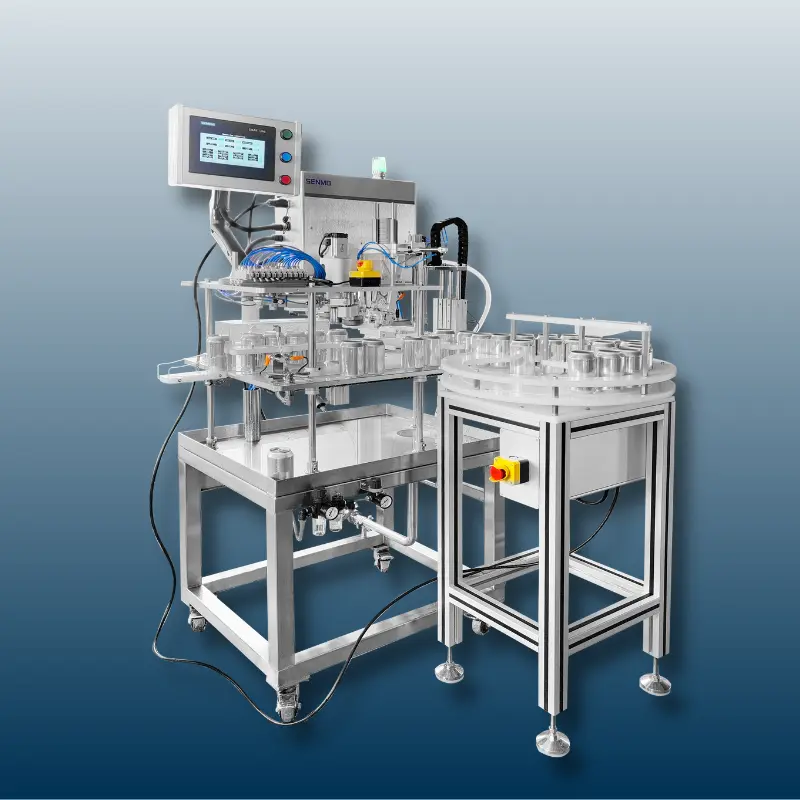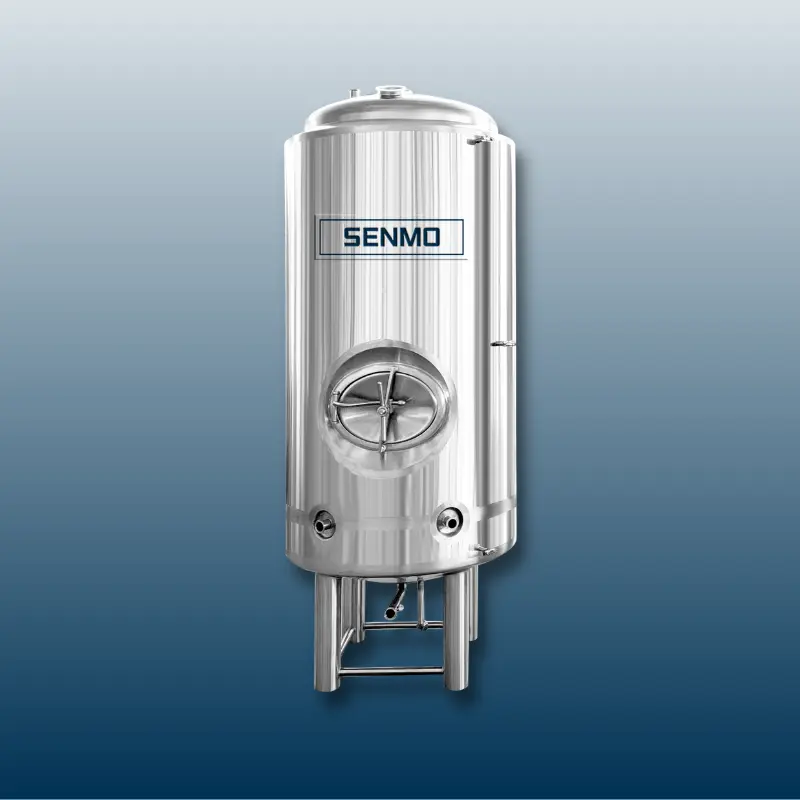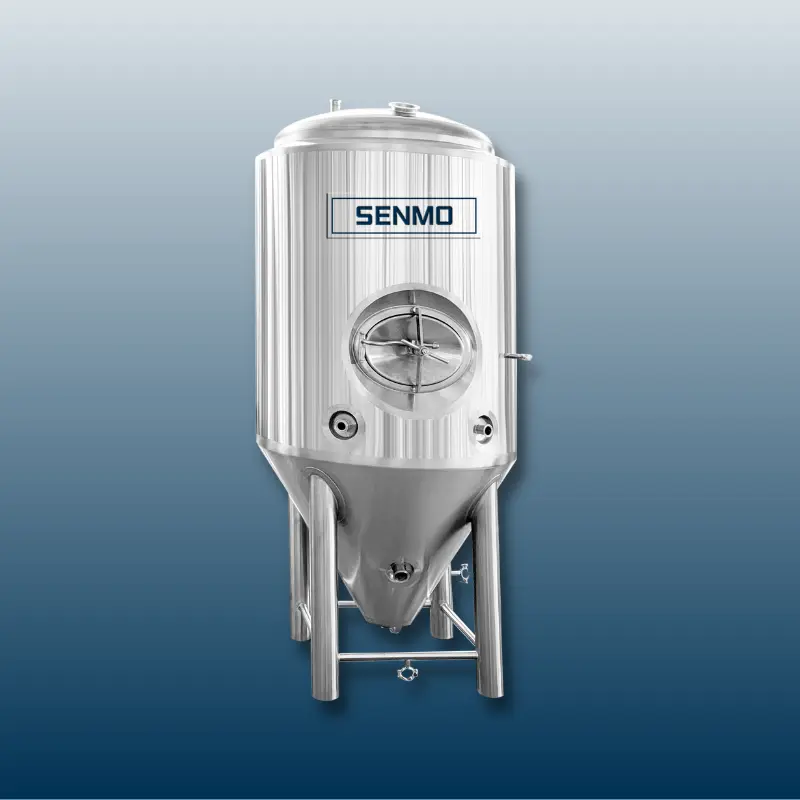A 3 vessel brewing system is the most basic type of home brewing setup. It consists of three main components: a mash tun (the vessel where the grains are steeped); a boil kettle (the vessel where the wort is boiled); and a fermenter (the vessel where the wort is fermented). Additionally, you’ll need a few other pieces of equipment such as a wort chiller, an auto-siphon, a hydrometer, and a secondary fermenter if you plan to bottle your beer.
Before you jump into building your 3 vessel brewing system, there are a few important considerations to keep in mind. First, you’ll need to decide what type of materials you’ll be using to construct your vessels. Stainless steel is a popular option, as it is durable and easy to clean. However, if you’re on a budget, you can also use plastic buckets or even food-grade plastic drums.
Once you’ve decided on the types of vessels you’ll be using, it’s time to start constructing your 3 vessel brewing system. Below is a step-by-step guide to building your own 3 vessel brewing system.
Step 1: Assemble Your Vessels
The first step is to assemble your vessels. If you’re using stainless steel, you’ll need to weld the pieces together. If you’re using plastic, you’ll need to secure the pieces together with screws or rivets.
Step 2: Install the Valves and Fittings
Once your vessels are assembled, it’s time to install all of the necessary valves and fittings. Depending on the type of system you’re building, you’ll need different types of valves and fittings. For example, a three-vessel brewing system will need ball valves, butterfly valves, camlocks, and other fittings.
Step 3: Connect the Vessels
Once the valves and fittings are installed, it’s time to connect the vessels together. You’ll need to use flexible hoses to connect the mash tun to the boil kettle and the boil kettle to the fermenter. Make sure the hoses are securely connected and all of the valves are tight.
Step 4: Install the Heating Element
The next step is to install the heating element. This is usually done in the mash tun, but can also be done in the boil kettle. The heating element should be installed in such a way that it is able to evenly heat the wort. If you’re using a gas burner, make sure it’s securely mounted and all of the connections are airtight.
Step 5: Install the Wort Chiller
The wort chiller is an important component of the 3 vessel brewing system. It’s used to quickly cool the wort after the boil is complete. You’ll need to install the wort chiller in the boil kettle, making sure all of the hoses and connections are secure and airtight.
Step 6: Prepare the Fermenter
Once the wort chiller is installed, it’s time to prepare the fermenter. You’ll need to sanitize the fermenter and all of the equipment that will be used during fermentation. This includes the fermenter, airlock, thermometer, and hydrometer. Once everything is sanitized, you’re ready to move on to the next step.
Step 7: Transfer the Wort
Now it’s time to transfer the wort from the boil kettle to the fermenter. This can be done using an auto-siphon or a gravity-fed transfer. Make sure you carefully monitor the temperature of the wort as it is transferred.
Step 8: Pitch the Yeast
Once the wort has been transferred to the fermenter, it’s time to pitch the yeast. Make sure you use the correct type of yeast for the style of beer you’re brewing. Once the yeast is pitched, you can seal the fermenter and attach the airlock.
Step 9: Monitor the Fermentation
Now all you have to do is wait for the fermentation to finish. You’ll need to monitor the temperature of the wort and make sure it remains within the ideal range for the yeast you’re using. You’ll also need to monitor the gravity of the wort using a hydrometer.
Step 10: Rack and Bottle the Beer
Once the fermentation is complete, it’s time to rack and bottle the beer. This is typically done using a secondary fermenter, but can also be done without one. Once the beer has been bottled, you can store it in a cool, dark place until it’s ready to be enjoyed!
Take building a microbrewery as an example
Let us take the construction of a small brewery as an example to further explain the steps and key points of the 3-vessel beer brewing system.
Determine Distillery Size and Goals:
Before getting started, it's important to determine the size and goals of your winery. Consider your production needs and market positioning to determine how much beer to brew per batch and how often to produce. This will help you choose the right equipment and plan your production process.
Device Selection:
Saccharification/filtration tank: choose a mashing/filtration tank that suits your needs, the general capacity is about 500 liters. It should have a good temperature control system, stirring device and filtering function to ensure the accuracy of the mashing process and the clarity of the wort.
Fermenters: Choose three fermenters of the same capacity, usually between 400 liters and 500 liters. Stainless steel fermenters are a common choice, with good airtightness, temperature control and pressure relief systems to ensure the stability of the fermentation process and the activity of the yeast.
Cooling equipment: Choose an efficient cooling equipment, such as a plate heat exchanger. It can quickly cool the boiled wort to the fermentation temperature to ensure the fermentation effect of the yeast. At the same time, ensure that the cooling equipment has sufficient capacity and temperature control capabilities.
Layout design:
Brewing room layout: Design the layout of the brewing room according to the equipment size and operation process. Make sure that there is enough room for operation between the equipment, and consider the connection and wiring of the equipment to the pipeline.
Connecting Piping: Install appropriate piping and valves to connect mash/lauter tanks, fermenters and cooling equipment. Make sure that the piping layout is simple, logical, and easy to clean and maintain.
Power and Water: Make sure that the brewing system has a stable power supply and an adequate water supply. According to the power requirements and water quality requirements of the equipment, select the appropriate power supply and water source, and ensure that it is safe and reliable.
Operating procedures:
Mashing and Filtration: The mashing process is carried out by mixing hot water and malt. The temperature and time are controlled to convert the starch in the malt into fermentable sugars. During the saccharification process, ensure uniform stirring to promote the enzymatic hydrolysis and saccharification reaction of starch. Subsequently, the mashing liquid is separated from the malt residue through a filtration system to obtain a clear wort.
Fermentation: Transfer the filtered wort to a fermenter and add an appropriate amount of yeast. Seal the fermenter and make sure it has good temperature control and a gas release system. Controlling the temperature and time of fermentation allows the yeast to do their work and convert the sugars into alcohol and carbon dioxide. Regularly check the density and pH of the wine in the fermenter to ensure the smooth progress of the fermentation process.
Cooling: After fermentation is complete, the beer is transferred from the fermenter to storage tanks. Use cooling equipment, such as plate heat exchangers, to quickly cool the beer to the desired storage temperature. At the same time, pay attention to reducing the exposure to oxygen to prevent oxidation and quality reduction.
Carbonation and mouthfeel adjustment: Once cooling is complete, the beer can be carbonated. This is achieved by infusing just the right amount of carbon dioxide to give the beer the right amount of bubbles and mouthfeel. In addition, the taste can also be adjusted according to the needs, such as adding flavoring agents, adjusting the body or bitterness of the wine.
Packaging: The final step is to package the beer. Available in bottles or drums, depending on your market positioning and needs. Use corresponding packaging equipment, such as filling machines, labeling machines and sealing machines, to fill the beer into bottles or kegs, and carry out labeling and sealing.
Through the above steps and operation process, you can build an efficient 3-vessel brewing system and realize the construction of a small brewery. Each link requires careful control and management to ensure the quality and consistency of the beer. Remember that as you gain experience and your needs grow, you can gradually adjust and optimize your brewing system to meet evolving market demands and innovative requirements.If you want to know the detailed construction cost you can check this article.
How much does a 3 bbl brewing system cost?
Congratulations, you’ve successfully built your own 3 vessel brewing system! Now it’s time to start experimenting with different recipes, techniques, and ingredients to create your own unique brews. Enjoy!
FAQ
1. What is a 3 vessel brewing system, and how does it work?
A 3 vessel brewing system is a setup used in commercial and advanced home brewing. It consists of three separate vessels: a Mash Tun, a Lauter Tun, and a Kettle. The mashing vessel is used for the mashing process, where hot water and crushed malt are mixed to convert starches into fermentable sugars. The lautering vessel separates the liquid wort from the spent grains, and the kettle is utilized for boiling the wort with hops to add bitterness and flavor.
2. Can I build a 3 vessel brewing system myself?
Yes, building a 3 vessel brewing system is possible if you have the necessary technical skills and understanding of brewing equipment. However, it can be complex, and it's essential to ensure proper construction, safety measures, and functionality. Many brewers opt to purchase pre-made brewing systems to save time and ensure reliable performance.
3. What are the essential components of a 3 vessel brewing system?
The core components include the three vessels (Mash Tun, Lauter Tun, and Kettle), pumps, heating elements, a control panel or automation system, valves, piping, and a wort chiller. Each vessel must have its respective fittings and connections for smooth operation.
4. What are the benefits of a 3 vessel brewing system compared to other setups?
The 3 vessel system allows for dedicated functions in each vessel, providing more control over the brewing process. Separating the mashing and lautering functions allows for simultaneous mashing and lautering, saving time during brew days. Additionally, it offers flexibility and precision in temperature and wort transfer.
5. Can I customize the 3 vessel brewing system to fit my brewery's needs?
Absolutely! A significant advantage of building your brewing system is the ability to customize it to your brewery's specific requirements. You can choose vessel sizes, automation levels, material types, and other features tailored to your brewing process.
6. Is it possible to expand or upgrade a 3 vessel brewing system in the future?
Yes, one of the benefits of the 3 vessel brewing system is its scalability. You can expand or upgrade the system as your production needs grow or to incorporate additional features like automation or whirlpool capabilities.
7. What type of heating system is suitable for the 3 vessel brewing system?
The heating system typically involves electric or gas burners. Electric heating elements are commonly used due to their precise temperature control and ease of use. Gas burners offer quick heating but may require additional safety considerations.
8. What safety measures should I consider during the construction process?
Safety is of utmost importance in any brewing system. Ensuring proper ventilation, using high-quality materials that meet safety standards, incorporating emergency stop buttons, and implementing safety interlocks are vital considerations.
9. Can I get assistance or guidance in building my 3 vessel brewing system?
Yes, if you choose to build your brewing system, there are resources available online, including tutorials and forums. Additionally, consulting with experienced brewers or brewing equipment manufacturers can provide valuable guidance and advice.
10. Where can I purchase a pre-made 3 vessel brewing system if I decide not to build one myself?
There are various brewing equipment suppliers and manufacturers that offer pre-made 3 vessel brewing systems. Research reputable suppliers and compare their offerings, features, and customer reviews to make an informed choice.
Building a 3 vessel brewing system can be a rewarding and challenging endeavor. Whether you choose to build it yourself or purchase a pre-made system, careful planning, attention to detail, and a passion for brewing will result in a successful and efficient brewing setup. Cheers to your brewing journey and the delicious beers that lie ahead!
